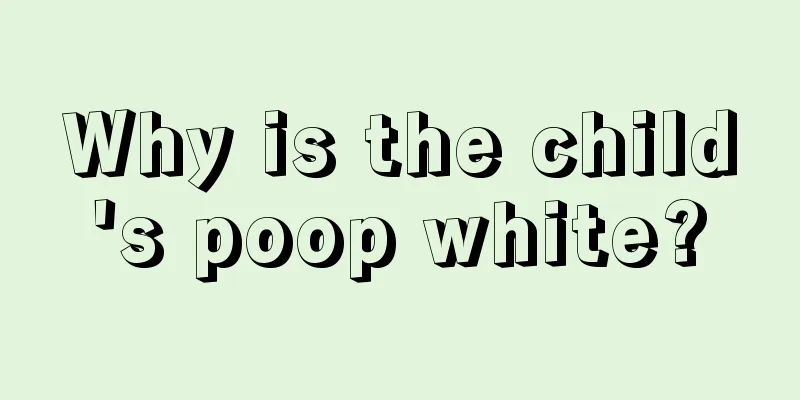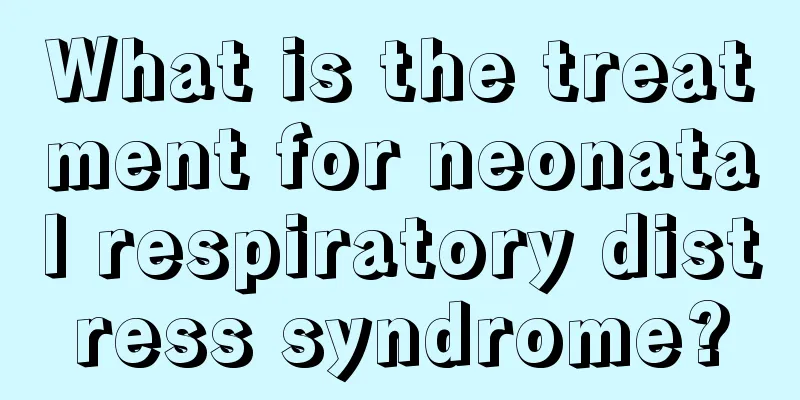Why do babies not cry when they are born?

|
Usually in TV dramas, when a woman is giving birth, the husband will pace anxiously outside. When he hears the sound of a baby crying in the delivery room, he will show a happy expression and say that his child is born. Therefore, the sound of a baby crying in the delivery room usually represents the birth of the baby, but some mothers do not understand why the baby does not cry after being born, or whether the baby has any disease.
The fetus does not breathe in the womb, so after birth the baby must rely on its own breathing to inhale oxygen and expel carbon dioxide. There is no air in the fetus' lungs, which are still a solid mass of tissue. After the baby is born, its body is no longer curled up, and the originally contracted thorax suddenly stretches, the chest cavity immediately expands, and the lungs open as well, and the baby inhales the first breath of air. When air enters the alveoli from the trachea, the inspiratory muscle groups relax immediately, the expiratory muscle groups contract immediately, and the chest cavity contracts to its original size, forcing the air in the lungs to be expelled. When the exhaled gas passes through the larynx, the laryngeal muscles contract, the two vocal cords in the laryngeal cavity are stretched tight and close together, the gas impacts the vocal cords, and the vocal cords vibrate, making a crying sound. When a baby is born, there is more carbon dioxide in the blood. It stimulates and excites the respiratory center, so everyone breathes in big gulps. Therefore, every baby will cry like this for a while after birth, and when the breathing activity establishes a normal rhythm, the baby will stop crying.
(1) Continuation of fetal intrauterine hypoxia. Any cause that affects blood circulation and gas exchange between mother and child will cause fetal intrauterine hypoxia and aggravate intrauterine distress. (2) Respiratory tract obstruction. It is the main cause of neonatal asphyxia. The fetus suffers from intrauterine hypoxia and undergoes respiratory movements during delivery, causing amniotic fluid, mucus, meconium, etc. to be inhaled into the trachea, causing airway obstruction. (3) Damage to the fetal central nervous system. Intracranial hemorrhage in the fetus caused by birth trauma or prolonged hypoxia can lead to paralysis of the respiratory center. The fetus will be soft when delivered and will not breathe or cry.(4)The influence of anesthetics. The use of anesthetics or sedative analgesic injections by the mother during labor can sometimes cause depression of the fetal respiratory center, and the fetus will only cry after being rescued after birth. |
<<: Why does a baby not cry when it is born?
>>: Symptoms of brain injury in babies
Recommend
The pros and cons of babies sleeping on their stomachs
According to parents' observations, babies li...
9 month old baby coughs with phlegm
For babies who keep coughing at night, parents do...
Baby teeth have white spots and depressions
When you find white spots on your baby's teet...
One and a half year old baby has small granules on his chin
A baby's body is very different from that of ...
What should I do if my child has a cough and phlegm after catching a cold?
When a child coughs and has phlegm after a cold, ...
How to prevent swollen tonsils in children
Children's resistance is very limited, and th...
What causes anal itching in children?
Young children's bodies are very fragile, and...
Five steps to treat burns in children
Pediatric burns are relatively common, usually oc...
Treatment of hip synovitis in children
Every child is the apple of the parents' eyes...
What should I do if my child has an itchy throat and coughs?
Many people must have encountered the situation o...
Right popliteal cyst
Popliteal cysts usually occur in children. This t...
Can autism be cured?
Autism is a childhood autism, a subtype of pervas...
What is the development standard for babies over 2 months old?
Parents of babies who are more than 2 months old ...
Two month old baby has yellow watery stool
If the stool of a two-month-old baby is yellow wa...
How to cultivate children's nap habits
It is also a good way for children to maintain th...









